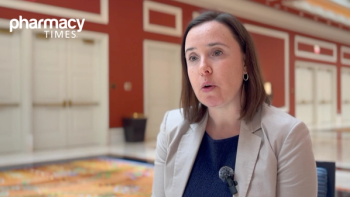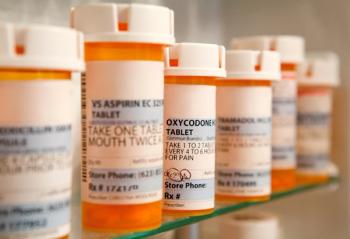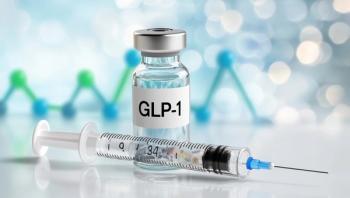
At Baptist Health South Florida, pharmacists are embedded in all areas of cardiovascular care, an expert said.

At Baptist Health South Florida, pharmacists are embedded in all areas of cardiovascular care, an expert said.

Specialty pharmacies can leverage advanced analytics, AI, and comprehensive data insights to create targeted clinical programs.

Specialty distributors provide strategic partnerships that enhance pharmaceutical manufacturers' ability to bring innovative medicines to market.

Experts emphasize the need to understand patient journeys, navigate complex value chains, and strategically match the right patients with groundbreaking therapies.

Experts share operational challenges and patient care implications of the Inflation Reduction Act's (IRA) drug pricing reforms.



Logan Schneider, MD, explains the latest findings on narcolepsy and idiopathic hypersomnia treatments, highlighting patient experiences and sleep architecture improvements.

Philip Kuball, MD, neurology resident at NYU Langone Health, highlights the integral role of pharmacists in monitoring patient eligibility, managing dosing schedules, and ensuring safe medication interactions for lecanemab treatment in Alzheimer disease.

Lauren B. Krupp, MD, FAAN, provides comprehensive guidance on treating pediatric multiple sclerosis, emphasizing early intervention, high-efficacy therapies, and holistic family support.

A recent analysis from NCPA showed potential weekly cash flow shortfalls for pharmacies and annual revenue losses.

Iman Ahmed, PharmD, BCOP, shared key insights about how social determinants of health impact treatment access and outcomes for patients with leukemia.

Zahra Mahmoudjafari, PharmD, BCOP, FHOPA, shared insight from the HOPA Annual Meeting 2025.

Arefa Bacchus, PharmD, shared key insights about the use of POMP therapy in patients with acute lymphoblastic leukemia (ALL).

Monica Sawiris, PharmD, said there were noticeable differences in toxicities between each regimen.

Erin Lexner, PharmD, BCPS, discussed her team’s experience transitioning to outpatient BEAM from inpatient CBV.

Shelby Quinn, PharmD, BCOP shares insights about treatment using osimertinib in early lines.

Expert provides a comprehensive overview of drug diversion prevention in pharmacy settings.

Christine Barrett, PharmD, BCOP, shares insights, challenges, and advice for oncology pharmacists navigating neoadjuvant therapy.

Jessica Davis, PharmD, BCOP highlights the role of pharmacy technicians in ambulatory oncology clinic settings.

Lauren Dietz, PharmD, highlighted the role of oncology pharmacists in guiding prophylaxis decisions to optimize transplant outcomes.

Julia Ziegengeist, PharmD, BCOP offers insights for pharmacists navigating adjuvant and neoadjuvant treatment of breast cancer.

Amir Ali, PharmD, BCOP, and Allison Hsieh, PharmD share insights from their presentation about cytokine release syndrome, ICANS, and CAR T-cell therapy.

Mya Tran, PharmD, BCOP, offers insights for navigating the complex treatment landscape for non-small cell lung cancer.

Pharmacists play a key role in educating patients and prescribers on the selection, use, and management of GLP-1 receptor agonists in diabetes care.

Nilufer Ertekin-Taner contrasts current one-size-fits-all Alzheimer disease treatments with the promise of precision medicine and emphasizes the vital role of collaborative, multidisciplinary care.

Erin Harrell, PharmD, offers insights about managing peripheral neuropathy in patients receiving bortezomib.

The HERCULES trial demonstrates tolebrutinib's potential to slow disability progression in non-relapsing secondary progressive multiple sclerosis, offering a new treatment option for patients with limited therapeutic choices.

Pharmacy professionals gathered at the American Pharmacists Association 2025 Annual Meeting and Exposition and discussed critical insights in interviews with Pharmacy Times®.